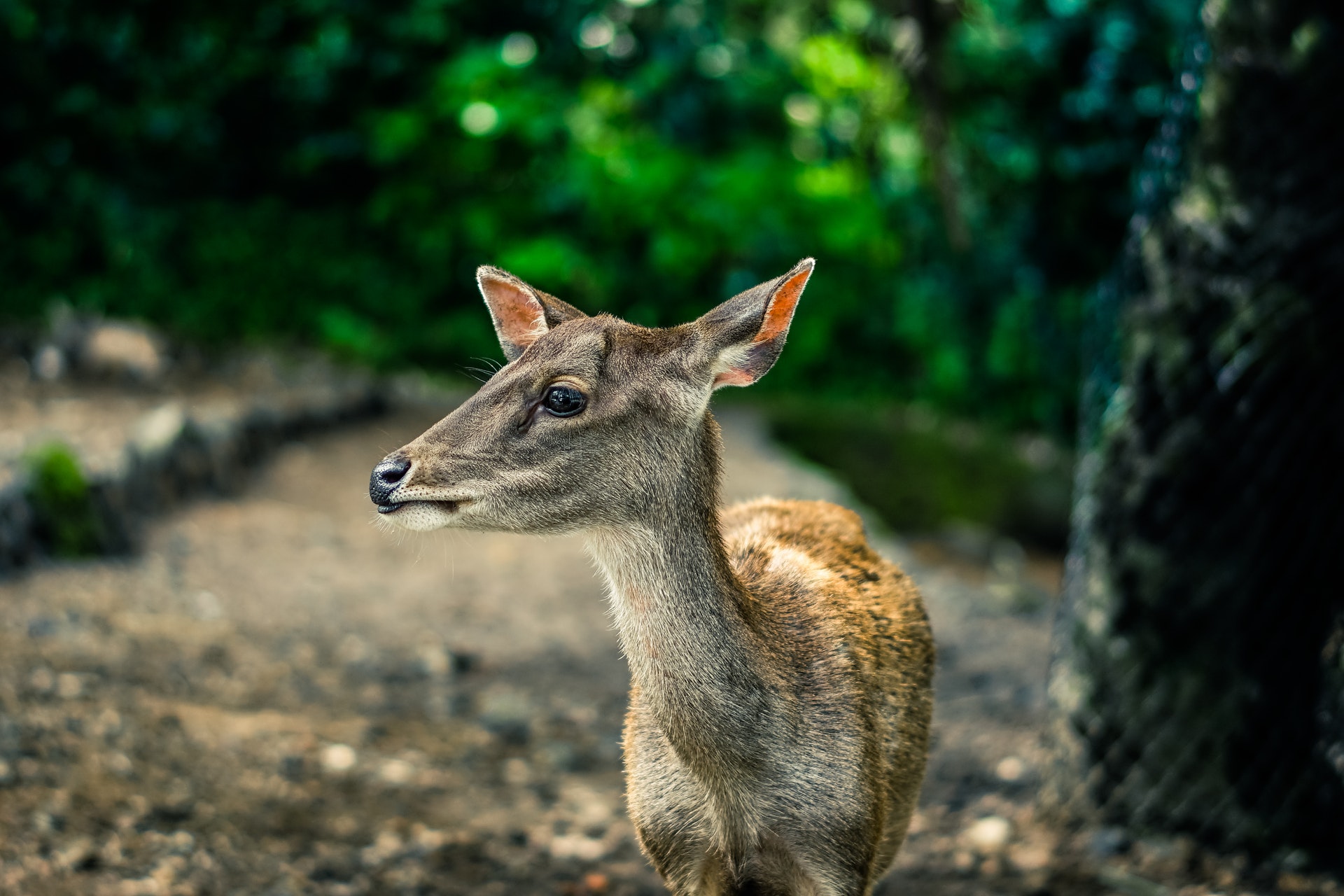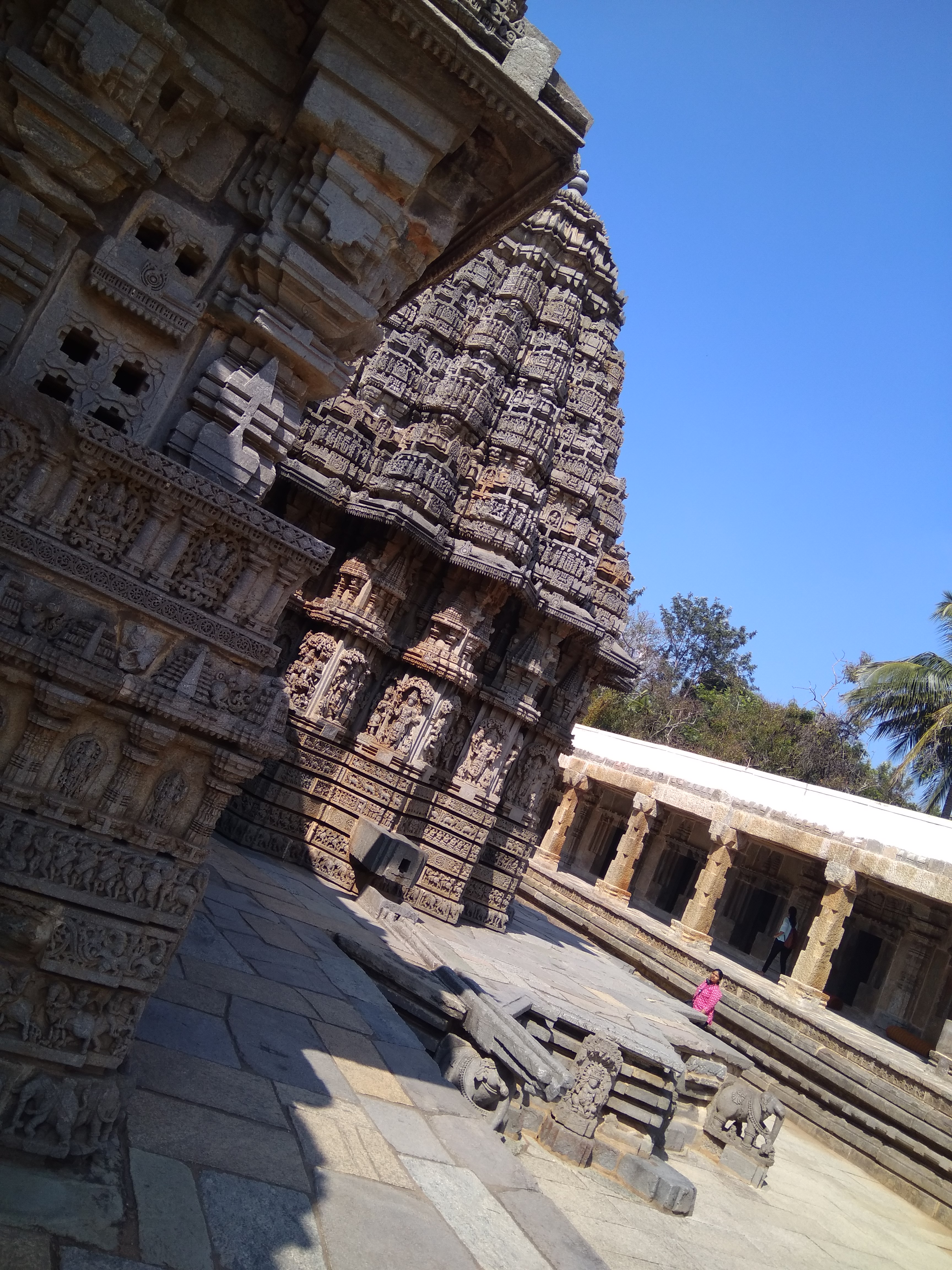Time Wrapped In A Temple
Apart from the Siege of Baghdad which happened in 1258, Somanatha Dandanayaka, a general of the Hoysala King, built the Chennakesava Temple also known as the Kesava Temple, a Vaishava Hindu temple on the banks of River Kaveri at Somanathapura, Karnataka, India.

I visited this breath taking place as a part of my industrial visit. Being a B.Sc Enivironmental Science student, I was able to soak myself in the environment provided by the temple. Although I’m an atheist, I have read the Bhagavad Gita, Mahabharata and the Ramayana and they constitute my favorite literature. These books are truly enlightening and truth be told, The Kesava temple is basically nothing but stones carved delicately, each stroke illustrating the puranas ethnic Holsaya architecture.
The main temple is built on jagati which is to be walked clockwise (outer wall of the temple is horizontally carved with a line of elephants in the clockwise direction. Follow the elephant corridor!) to pictorially read the puranas in the correct sequence where the Ramayana is in the Southern section, Mahabharata in the Northern and the Bhagavad Gita in the Western section of the main temple.

The sanctums connect these sections. There are three shrines which all praise Lord Vishnu out of which the Kesava shrine is missing. The other two are images of Janardhana and Venugopala (all three images are forms of the Hindu god Vishnu).
Many of the carvings depict the Holsaya Dynasty culture. One of which I noted on carvings were where the horses are substituted with camels. This leads to show the changes that occurred in the culture of the dynasty.

Of course, one has to visit this art to fully enjoy the magical beauty the temple holds. It is after all, culture wrapped up in the name of time which expresses religion as literature and art: enlightenment to self.

